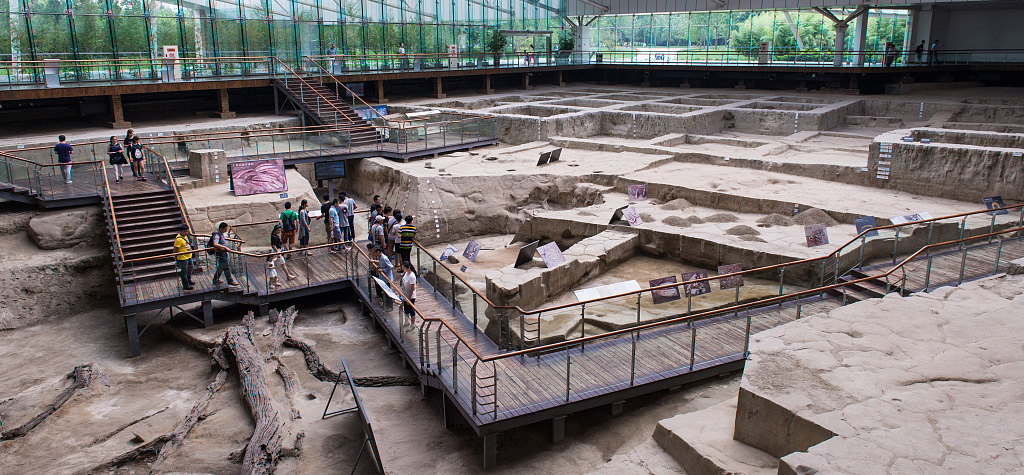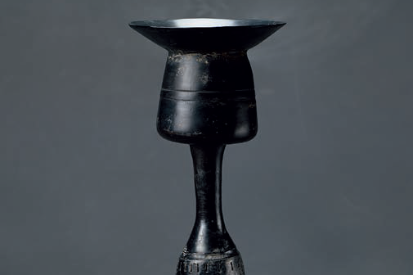
Chengziya National Archaeological Site Park
Chengziya is an archaeological site located on the right banks of the lower Yellow River in Shandong, China, and the place where the Longshan culture of the Neolithic Age was first discovered in 1928.
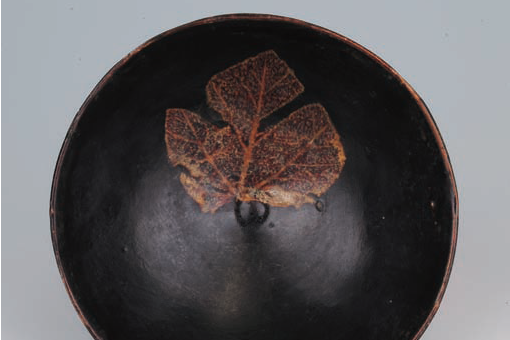
Jizhou Kiln National Archaeological Site Park
The Jizhou Kiln is a historical folk kiln complex in the southern region of ancient China, located on the west banks of the middle reaches of the Gan River.
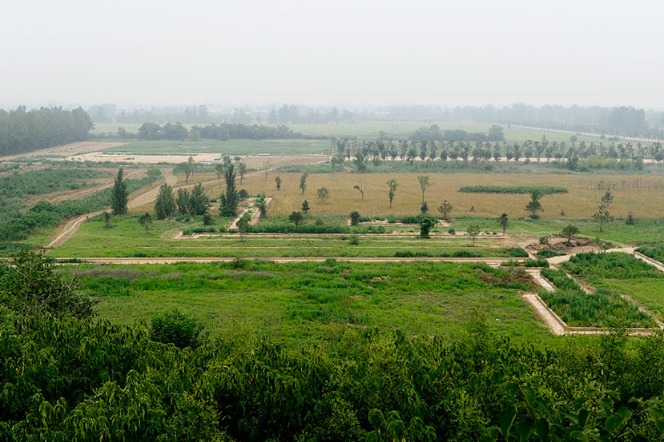
Weiyang Palace in Chang'an City of the Western Han Dynasty National Archaeological Site Park
The site of Weiyang Palace in Chang'an City is the site of the imperial palace complex of the Western Han Dynasty (206 BC-AD 24), and is located in the northwest suburb of Xi'an city, Shaanxi province.
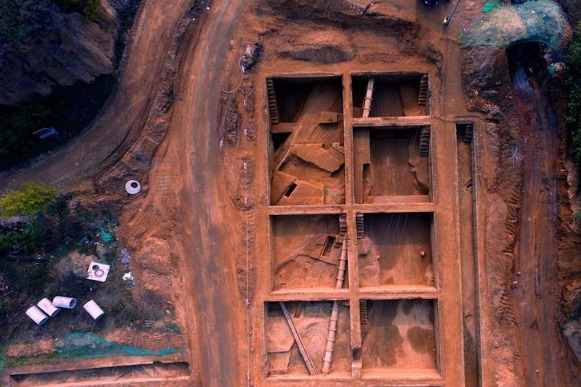
The Ancient Capital of Zheng and Han States National Archaeological Site Park
The site of the Ancient Capital of Zheng and Han States (the Zheng-Han Ancient City) is located at the junction of the river Shuangji and the river Huangshui in Xinzheng city, Henan province.
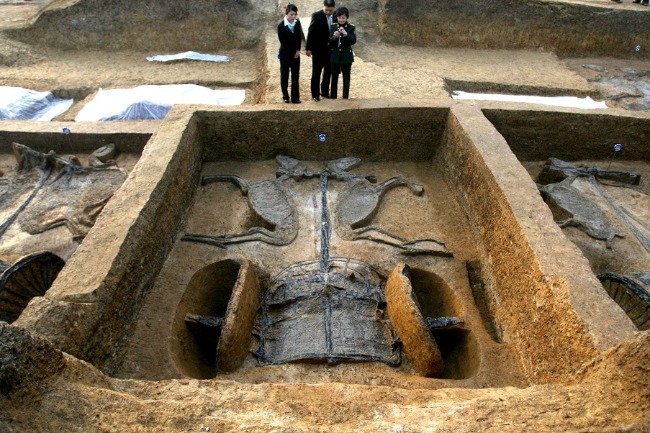
The Xiong Family Tomb National Archaeological Site Park
Built upon the Xiong Family Tomb, the site is an integral component of the Jinan City National Archaeological Site Park. It covers an area of 47.2 hectares, including an exhibition hall of horse and chariot pits in large span steel structures over 10,000 square meters.
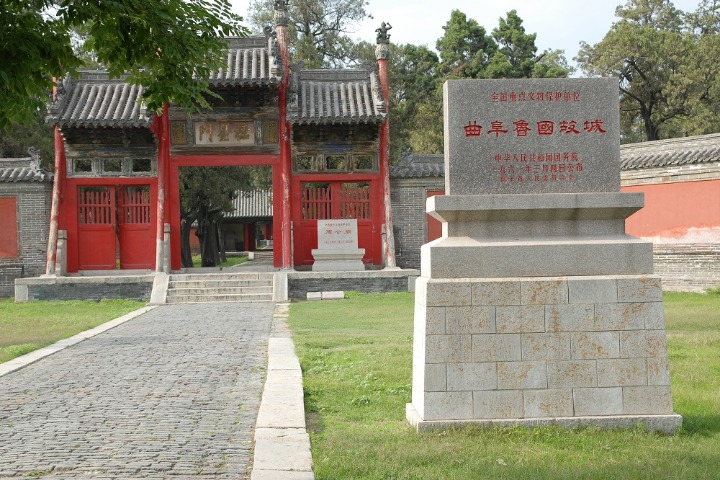
Qufu Lu State Ancient City National Archaeological Site Park
The planning area of the archaeological park is 86 hectares with the Zhougong Temple Palace as the core area. Meanwhile, the Lu State Ancient City Site Museum, the sites of the Wangfutai Burial Area, Wuyu Terrace and Lixin Lianzhong Iron Smelting are also major attractions of the park.
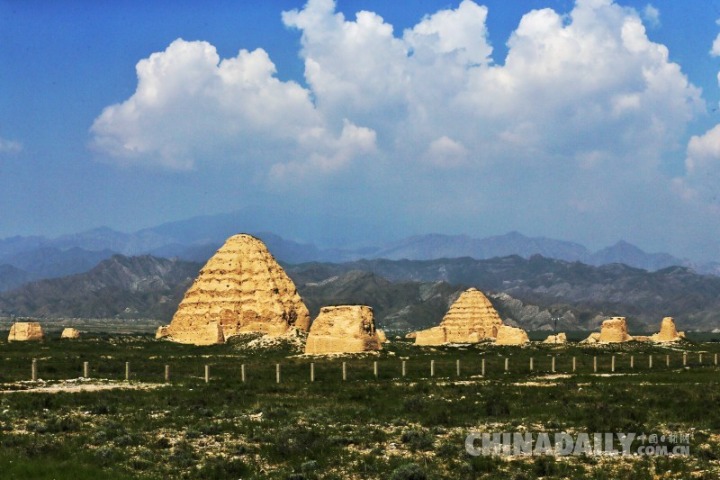
Western Xia Mausoleums National Archaeological Site Park
The Western Xia Mausoleums are the royal mausoleums of the Western Xia Dynasty of China (1038-1227), located at the eastern foot of the Helan Mountains.
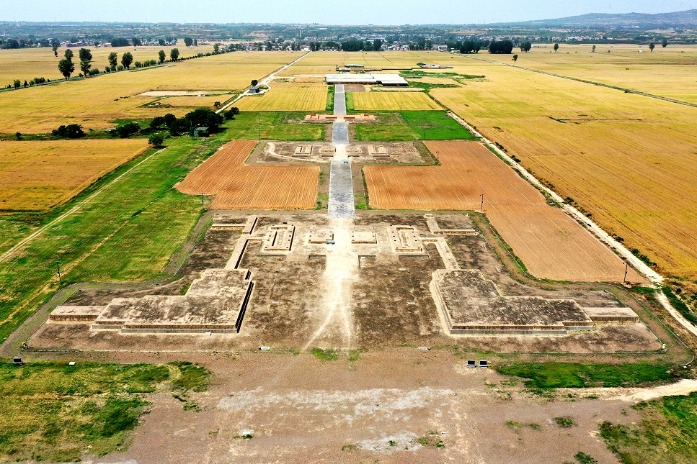
Han-Wei Ancient Luoyang City National Archaeological Site Park
This archaeological site park stretches across a vast area of nearly 67 hectares. Apart from the major ruin sites aforementioned, it also encompasses several facilities displaying the protection of the remains, including that of the city's principal gate and hall, the central axis, and the northeastern section of the inner city wall.
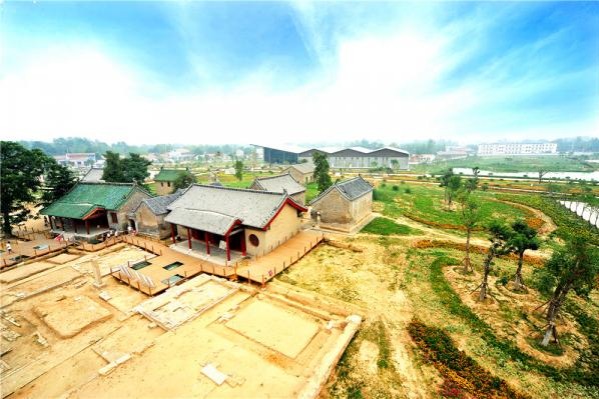
The Grand Canal's Nanwang Hub National Archaeological Site Park
Centered on the Nanwang water diversion hub, and a foremost national protected heritage site, the park is also home to several nearby sluice gates that have played a crucial role in maintaining sound transportation on the Grand Canal.


